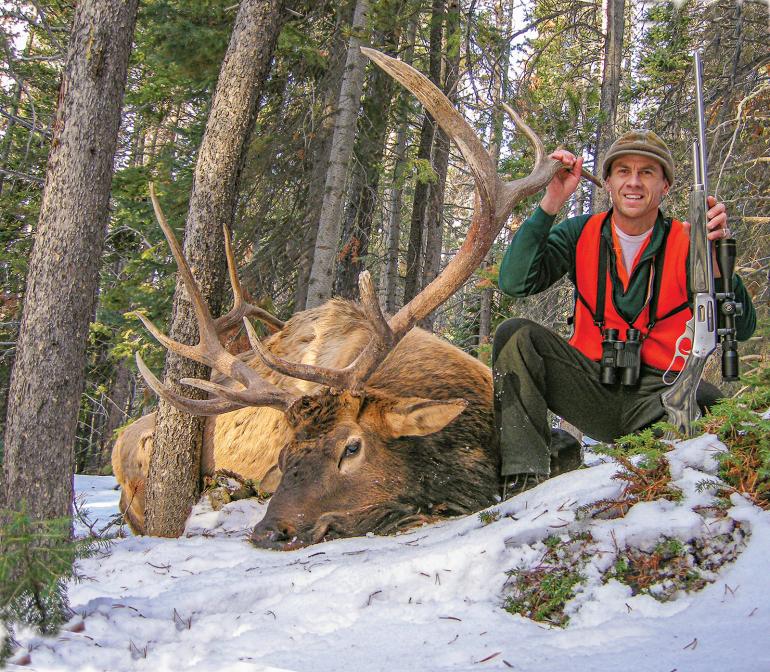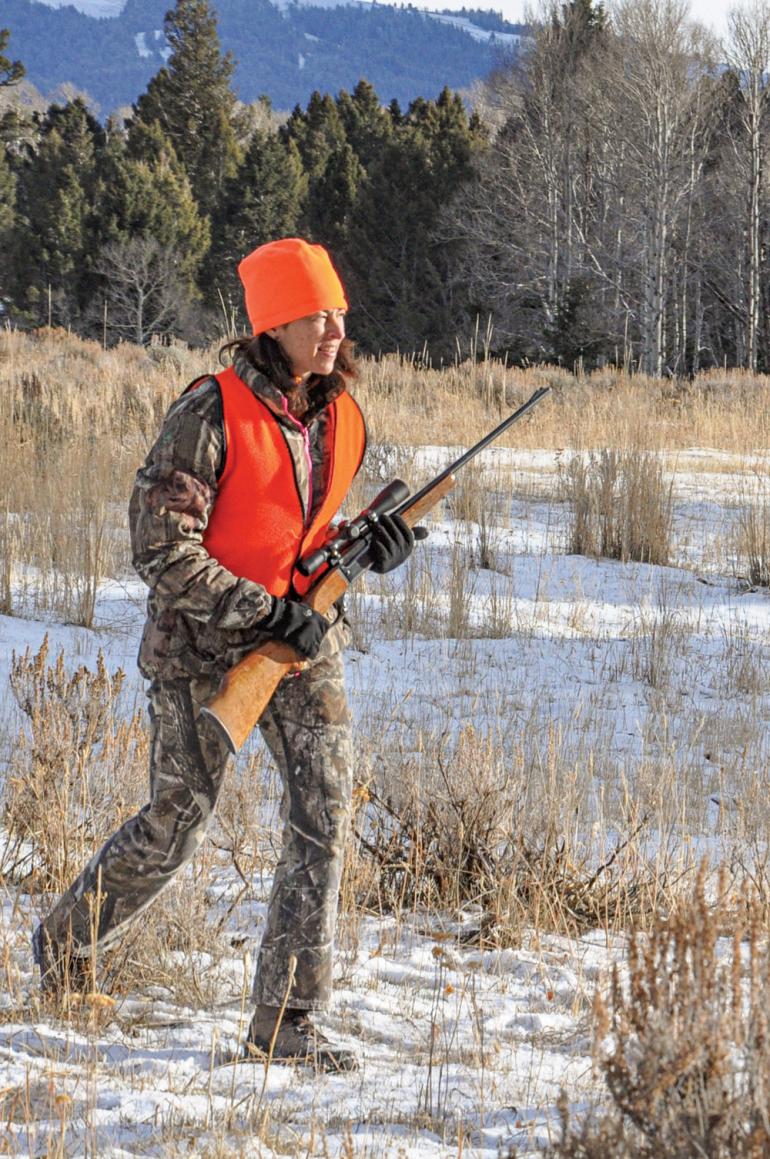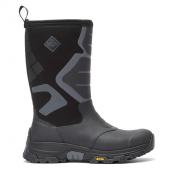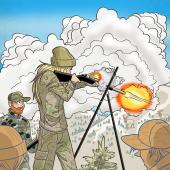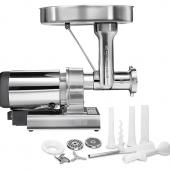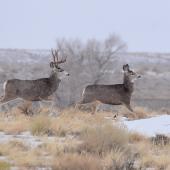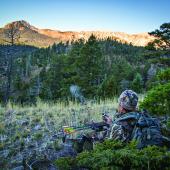Love Levers
A guide to the best brush guns.
In the world of firearms, nothing screams “western” more emphatically than a lever-action. The rifles actors shucked from saddle scabbards in 1970s movies were the same models that true cowboys utilized on the range in the late 1800s. When my dad was young in 1930s Montana, the most widely used hunting cartridge nationwide was the .30/30 Winchester, and it was most commonly fired from a levergun.
As a left-handed kid growing up in a household whose only bolt-action hunting rifle was right-handed, I learned to love the ambidextrous functionality of my dad’s lever-actions and the ability to cycle cartridges at a much faster rate than a bolt-action could. Those attributes are still attractions of lever-guns for all shooters, but sadly, lever-actions have dramatically fallen out of favor with the masses—especially hunters.
But if you’re looking to reclaim the historic western spirit as a lever-action hunter, these rifles fit the bill. Here’s what I recommend:
Marlin, Models 444 & 336
I have killed more elk with a lever-action .444 Marlin (Model 444) than any other firearm. My rifle, manufactured in the 1970s, was purchased for me by an uncle who saw me lusting after it at a gun show in 1991. He surreptitiously left it at my house with a note rolled up in the trigger guard reading, “I gave $200 for the rifle. Pay me when you can.”
After years of using the factory buckhorn sight, I replaced it with an aperture set from XS Sights. So outfitted, I’d confidently fire on deer and elk out to 250 yards, though most of the elk fell at less than 100 when hunting in the timber.
Along with the .444, I’ve killed game with the .308 Marlin Express. The .308 Express, like many other Marlin lever-actions, was based on the Model 336 platform. I outfitted the latter with a scope and killed a massive bull elk with it in the Elkhorn Mountains with a single 165-grain Hornady cartridge.
Savage Model 99
The Savage 99 is a lever-action equipped with a unique rotary magazine. Most of them had a little port on the receiver that showed the number of cartridges in the magazine.
In grade school, my dad’s workhorse hunting rifle was a Model 99 .300 Savage topped with a Weaver 4x scope. In the early ’70s, he bought a newer 99 chambered in .308 Winchester to expand the arsenal for his teenaged sons. The .250 Savage (.250/3000) was the first factory cartridge in the United States to exceed 3,000fps. Developed in 1915, it was specifically designed for the Model 99. It is still a supremely effective cartridge for deer and antelope.
I killed my first antelope on the family ranch west of Three Forks with that rifle. Ditto the first mule deer. I’ve taken two bull elk with the .300 Savage. Lever-actions are deemed inferior in accuracy to bolt-actions, but that generalization marginally applies to the Savage 99s. They usually boast an accuracy superior to the abilities of the average shooter under typical hunting conditions. Unlike the tubular magazines of the more traditional Marlin and Winchester levers which limit ammunition options, the rotary magazine of the Savage 99 accommodates any cartridge for which the rifle is chambered. Unfortunately, the 99 was discontinued in 1997.
Winchester Model 94
Perhaps more than any other rifle, the Winchester Model 94 is the visual embodiment of a “cowboy rifle.” It was released as the 1894 commensurate with the year of its invention by John Browning. It officially became the Model 94 in 1927 with the one-millionth (and last) 1894 gifted to President Calvin Coolidge.
My grandfather purchased an 1894 .30/30 with a half-octagon barrel around 1910. Family folklore claims it came from a mail-order catalog for $13.50, a splurge as the full-octagon and round barreled versions were cheaper.
In 1930s Montana, the most widely used hunting cartridge nationwide was the .30/30 Winchester, and it was most commonly fired from a levergun.
I killed one deer on the ranch with the 1894. My first elk, a cow, was downed with my uncle Jack’s .30/30 Model 94 carbine at no more than 50 yards in a snowstorm in the timber. His was a “pre-64” version. In 1964, to save costs, the Model 94 suffered manufacturing changes that made them less rugged. Rifles with a serial number less than 2,700,000 are pre-64. For hunting purposes, don’t sweat it, as the later rifles are perfectly serviceable.
The 94 ejected shells from the top of the receiver, an attribute that made mounting a traditional scope impossible without interfering with ejection. Starting in 1983, the rifle was offered in some versions with “angle ejection” to accommodate a scope. Like the Marlin 336, Winchester 94s utilize a tubular magazine which historically necessitated round or flat-nosed bullets to avoid the point of a bullet igniting the primer of one in front of it on recoil. However, in 2006 Hornady introduced LEVERevolution ammo that allows pointed, more aerodynamic bullets to be safely loaded in tubular magazines. Hornady also offers factory ammunition for many hard-to-find lever-action calibers like the newer .308 Marlin Express or the classic .250 Savage.
Browning BLR
The Browning BLR has been around for just over 50 years. It feeds from a detachable box magazine and facilitates a wide variety of cartridges. For an article on lever-actions some years ago, I received a BLR “takedown” model in the 7mm-08 Remington caliber. It proved a smooth-cycling, very accurate rifle. Unfortunately, the buck I’d intended to harvest on a deer hunt with the rifle never showed.
The BLR is available in long-action cartridges such as the .270 Winchester or short-action, like the .243 Winchester. For my money, I’d opt for the short-action which cycles a little more efficiently in a lever-action.
There are many other lever-action models out there. These are my favorites. New lever-actions are still available, they’re just not as popular or abundant as bolt-actions. There are plenty of used leverguns around, as well. Pick one up and you not only have a memento of the Old West, but also a hunting rifle to love.

